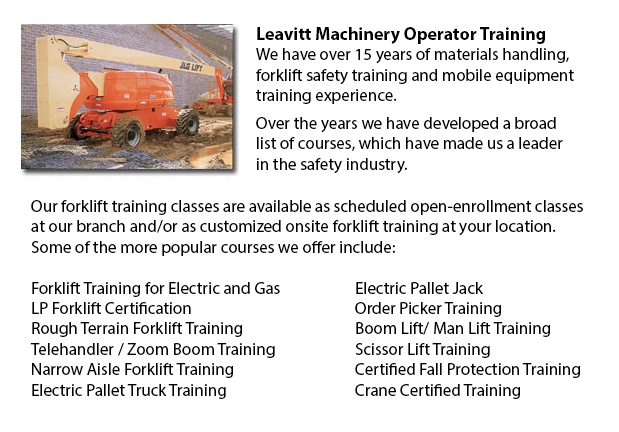
Boom Lift Operator Training Regina - The cherry picker work platform is a type of work platform, which would typically have a platform or bucket at the end of a hydraulic lifting system. The machine is likewise known as a man lift, boom lift, basket crane or hydraladder.
The platform or bucket is usually mounted on the rear of a big vehicle such as a truck, which is sometimes referred to as a bucket truck. A self-moving platform, stand-alone trailer or flat back pickup van could also be used. The worker stands and begins working within the bucket. The person in the bucket usually comprises an upper set of controls enabling control of the position of the bucket. The reach of the bucket can be lengthened on some models by telescoping in order to adjust the lifting arm. Safety controls which are automatic prevent tipping. Articulated boom lifts are suggested when it is necessary to clear obstacles or for working in tight spaces.
Cherry pickers, as the name suggests, were initially made for picking fruit at high levels in trees. These machines are often used in various industries like for example construction, mining and exterior painting. At times they are used for cleaning windows on high building. The machines are utilized to service electrical equipment, telephone and cable television on utility poles. Sometimes, firefighters utilize cherry pickers, called snorkels, when ladders are insufficient. During Christmas season, civic workers can be seen within cherry pickers hanging lights and banners.
Boom Lift Operator Safety Training
Recommended training standards for safety awareness are set by local regulations. Program covers safe operation procedures through a combination of hands-on and classroom components.
The following topics are included: general equipment safety factors; current regulations and applicable concerns; fall protection; features of boom lifts, various stationary work platform and scissor lifts.
The lift operator's responsibilities are covered, like the following topics: workplace checks; function test procedures; avoiding and knowing hazards; pre-operation inspections procedures; and equipment manufacturer's guidelines.
-
Forklift Training Classes Regina
Forklift Training Classes Regina - Forklifts are a kind of heavy lifting equipment used in order to move and handle material efficiently and safely. Sometimes called Lift Trucks, they are made use of in different industries. Employees working with an... More -
Crane Certification Regina
Crane Certification Regina - The Crane Certification Program covers the industry suggested content which would teach the safe and efficient operation of cranes. The person will train in the following: pre-operational, operational and post operating r... More -
Telehandler Training Courses Regina
Telehandler Training Courses Regina - Employers are responsible for making sure that their operating personnel and supervisors are trained to work proficiently utilizing telehandler machines. The competence level of employees need to be assessed. If... More -
Operator Safety Training, Re-Qualification Training, In-House Instructor Training in Regina
Lift trucks are utilized in just about all industrial construction sites and in warehouse operations and in boat yards. The reach feature of a lift truck is a very important component utilized in a variety of applications like for instance when a she... More -
Heavy Equipment Operator Training Regina
Heavy Equipment Operator Training Regina - Training facilities that offer good standards in the business and not only provide field performing tasks but additional equipment training are highly sought after. Accredited schools offer students the know... More -
Wheel Loader Operator Training Regina
Wheel Loader Operator Training Regina - Cranes are industrial machines which make use of pulleys or levers so as to lift considerable loads. The Roman people utilized cranes in order to put up big monuments, that means these machines have been existi... More -
Crane Safety Training Regina
Crane Safety Training Regina - Both crane driver as well as their supervisors need to know all the possible problems connected to the operation of an overhead crane. All over North America, there is legislation that provides regulation for the safe o... More -
Scissor Lift Safety Training Regina
Scissor Lift Safety Training Regina - A Scissor Lift is a functional kind of platform that normally moves in a vertical direction. The machinery is capable of this movement due to the use of folding supports that are linked in a criss-cross pattern c... More

Forklift Training Regina
TOLL FREE: 1-888-254-6157
Regina, Saskatchewan
forklifttrainingregina.com
Email Us
About Us



